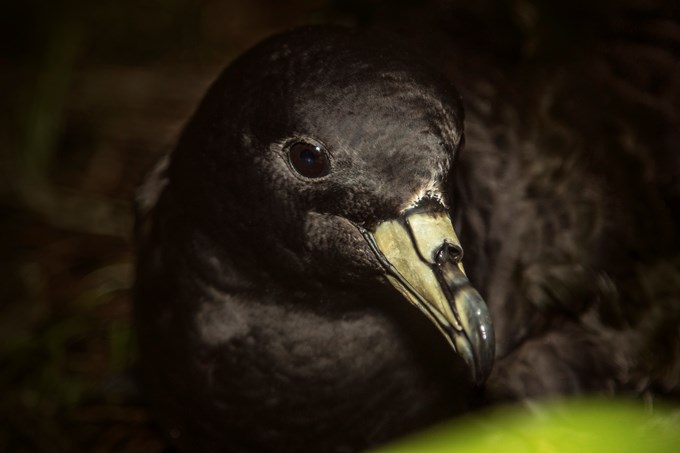
The ‘State of our Gulf 2020’ report released today by the Hauraki Gulf Forum puts a spotlight on the ongoing environmental degradation facing the Hauraki Gulf Marine Park at a time when the eyes of the world will soon be on the Gulf for the 36th America’s Cup.
Hauraki Gulf Forum Member Ms Moana Tamaariki-Pohe, Deputy Chairperson of the Forum during the report’s production, says that the Gulf continues to need our help.
“Our taonga is hurting. Shellfish beds and crayfish stocks have been decimated, the seabed is suffocating with plastic and sediment. The Hauraki Gulf, Tīkapa Moana, Te Moananui-ā-Toi, needs our help,” says Ms Tamaariki-Pohe.
“At the same time, the tide may be starting to turn,” says newly elected Forum Co-Chairperson Pippa Coom.
“The restoration of Gulf islands is proving to be a spectacular success and has enabled the reintroduction of native species such as the wētāpunga and kōkako. Efforts to re-establish shellfish beds are also gathering pace, and, frankly, more of us than ever before are rolling up our sleeves and getting our butts wet to help restore and protect our big blue backyard.”
Compared with when the Marine Park was established in 2000
There is some good news:
- Slower ship speeds have helped prevent ship strikes of Bryde’s whales. Pest eradication on the motu / islands of the Gulf, and native revegetation efforts, have been spectacularly successful – allowing the return of native species like the wētāpunga, tuatara and many endangered birds like the kōkako, takahē and kiwi. Many more people from all walks of life are now playing an active role in restoring and protecting the Gulf. And much more is now known about the unique environment of the Hauraki Gulf Marine Park, thanks in part to State of our Gulf Reports by the Hauraki Gulf Forum – this 2020 edition is the sixth such report.
However, environmental degradation continues:
- Crayfish / kōura are now hard to find in heavily fished areas of the Gulf. Sediment, nutrients, chemicals and plastics continue to wash into the water, though efforts to improve water quality are gathering pace. Both seabirds and shorebirds have seen sharp rises in the number of species classified as threatened. Cockles / tuangi numbers have declined in every area where gathering is allowed year-round. The number of marine pests has more than doubled, with the arrival of invasive species like the Mediterranean fanworm. Kina barrens are replacing once lush kelp forests. And urban and coastal sprawl has expanded, driven by higher than expected population growth, meaning wild places are harder to find.

There is also mixed news on the fishing front:
- Total commercial fishing catch in the Gulf has increased compared with 20 years ago, while total recreational catch has fallen. Fish stocks, overall, remain low though some are now rebuilding such as snapper / tāmure and tarakihi.
What is the Hauraki Gulf Marine Park?
The Hauraki Gulf Marine Park New Zealand’s first marine park.
It’s a big park, stretching from Te Arai in the north to Waihi in the south.
At 1.2 million hectares, or 20 times the size of Lake Taupō, it includes the Waitematā Harbour, Gulf Islands, Firth of Thames and the east coast of the Coromandel Peninsula.
The Park was established by special legislation in February 2000. This year marks its 20th anniversary.
It is the seabird capital of the world and a whale superhighway.
What is the Hauraki Gulf Forum?
The Hauraki Gulf Forum is a statutory body charged with the promotion and facilitation of integrated management and the protection and enhancement of the Hauraki Gulf.
The Forum has representation on behalf of the tangata whenua of the Hauraki Gulf and its islands, the Ministers of Conservation, Fisheries and Māori Development, and elected representatives from Auckland Council (including Aotea Great Barrier Island and Waiheke Island Local Boards), Waikato Regional Council, and the Waikato, Hauraki, Thames-Coromandel and Matamata-Piako District Councils.
The Forum is required to present triennial reports regarding the state of the environment of the Hauraki Gulf Marine Park.
The 2020 State of our Gulf report is available at gulfjournal.org.nz and haurakigulfforum.org.nz



